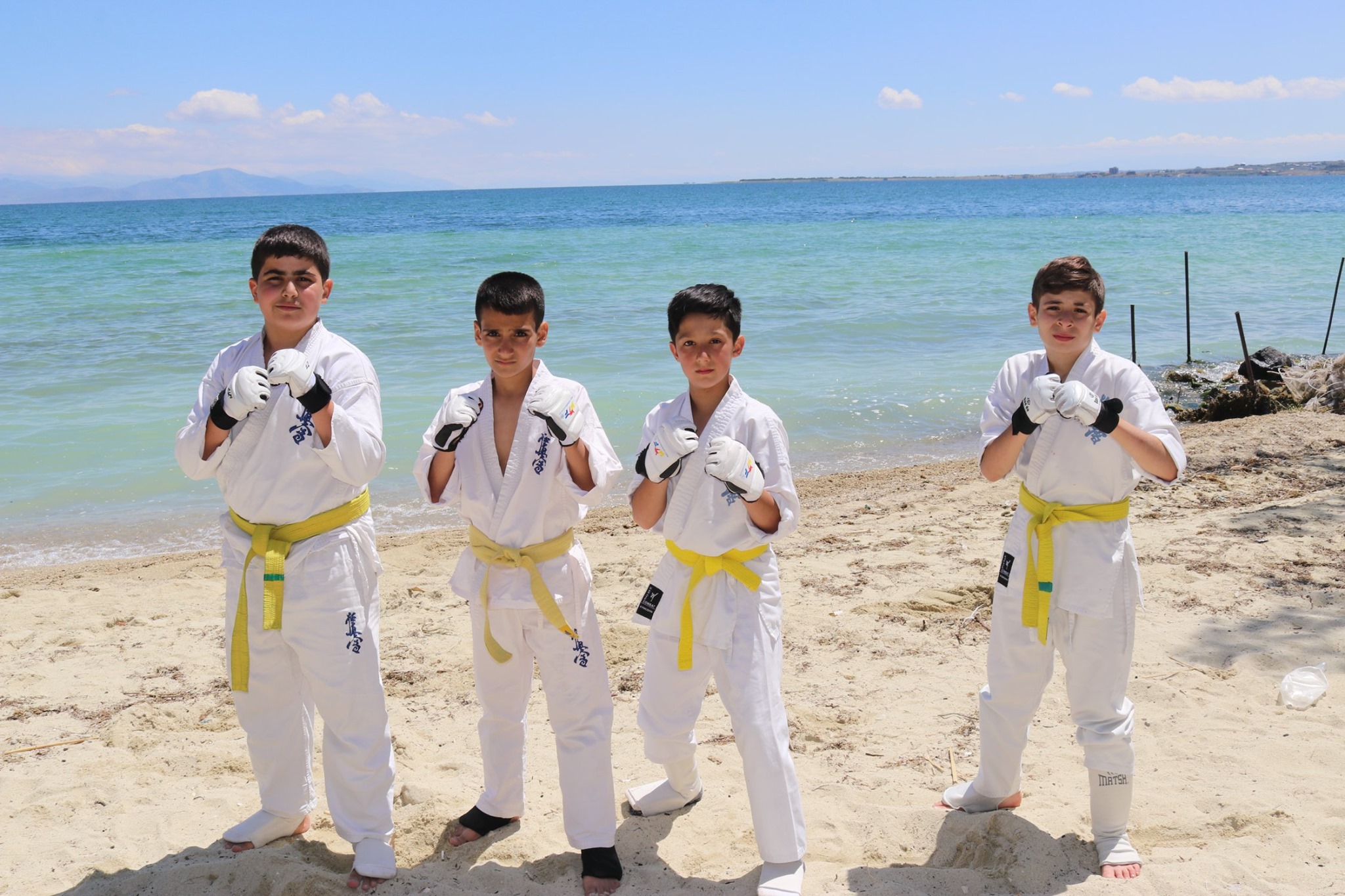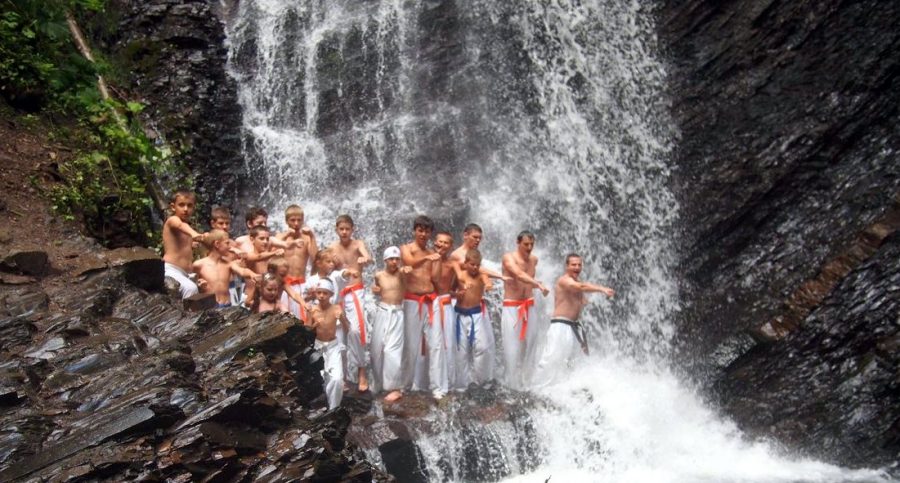It’s hard to deny that those who learn martial arts develop many skills and strong character traits needed to take the practice seriously. From improved confidence to self-discipline and respect, the things martial arts teaches are so much more than just physical.
One character trait that is often ignored but is an important part of practicing martial arts is courage. Here we explore how martial arts builds courage in its students and helps both youth and adults overcome their fears and develop new, braver senses of self.
What is Courage?
Courage is a difficult behavior to master. Let’s take a step back and examine what courage means. Courage, or bravery, refers to the act of doing something even though it is frightening or “out of your comfort zone.”
Deeds accomplished through courage are not just “showing off,” but are those that fuel personal growth or have a noble purpose. Trying to jump off a roof into a pool is not brave (although it may be frightening), merely reckless. However, leaping from a boat to rescue a drowning toddler would be considered brave. Performing competitive diving in front of an audience for the first time despite your stage fright would also be brave.

Perhaps your fear is standing up to a bully, starting at a new school where you don’t know anyone, or moving across the country for a better job. Whatever the problems you face, the need for courage is apparent in everyday life. For some, bravery goes hand-in-hand with confidence. The ability to do courageous things may be greatly hindered when one lacks self-confidence. Martial arts is a great way to not only improve your courage but your self-confidence.
Why is Courage Important?
Humans naturally have something called the “flight or fight” instinct. When faced with danger, our brains and bodies responding by either wanting to take on the situation or flee.
Imagine you’re walking down the street. Suddenly, someone pops out from behind a building and shouts, “Boo!” Most people will jerk back and take a few quick steps away (preparing to run, if necessary) or raise their hands to a defensive posture (preparing to fight). Some people may take “fight” a step further and punch the person who surprised them.
Historically, the ‘flight or fight’ response helped us react to potential predators. Of course, we’re no longer dodging sabretooth tigers these days, but the instinct is still there. And it doesn’t just apply to physical threats. We still feel this instinct in any sudden and stressful situation, such as an embarrassing incident at work, or being asked a surprise question in class.
To overcome fear and the natural reaction of stepping down in the face of danger, we need to overcome tap into our ‘fight’ response and build skills and confidence in our abilities to defend ourselves.
Read the full article HERE/kwunion.com.
Source: Black Belt Team



